Privacy is an essential aspect of creating a comfortable and relaxing home environment. However, tall fences are not always the ideal solution—they can feel imposing, block natural light, or clash with your garden aesthetics. Fortunately, there are smarter, more creative ways to maintain privacy while keeping your outdoor space open, beautiful, and inviting.
In this article, we’ll explore five smart ways to add privacy without relying on tall fences, along with practical tips, design ideas, and the benefits of each approach. By the end, you’ll be inspired to create a serene and private outdoor space without sacrificing style or sunlight.
1. Plant Privacy Screens with Trees and Shrubs
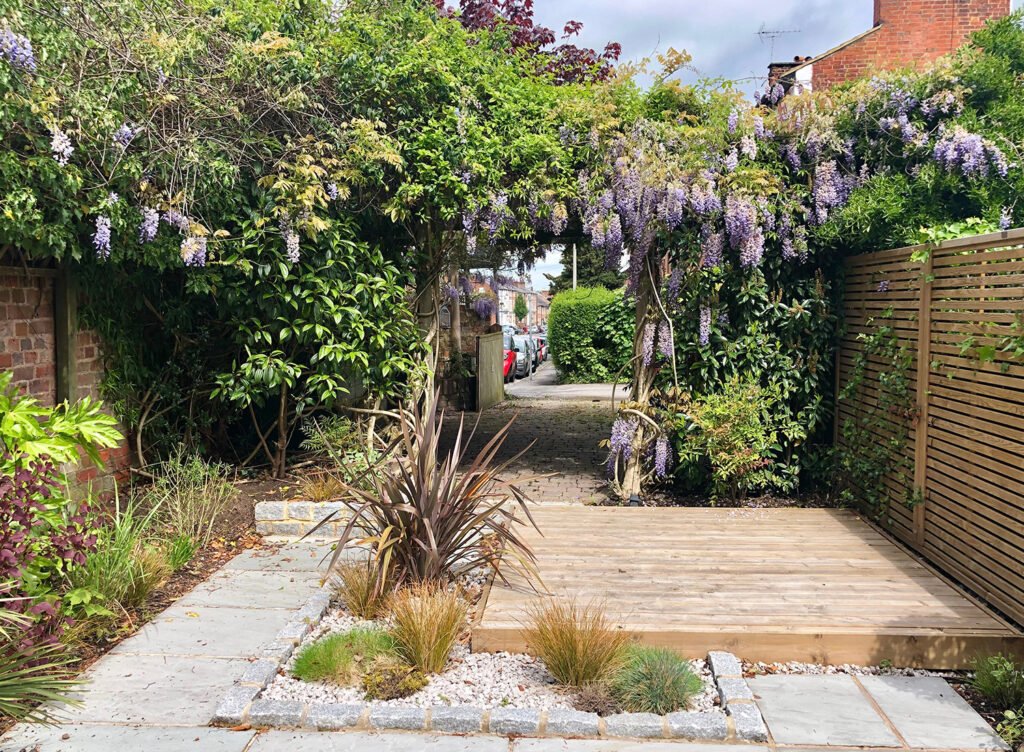
Nature provides one of the most effective and attractive privacy solutions. By strategically planting trees, shrubs, and hedges, you can create a natural screen that adds beauty and functionality.
Recommended Plants for Privacy:
- Evergreen Trees: Arborvitae, Leyland Cypress, or Holly provide year-round coverage.
- Flowering Shrubs: Hydrangeas, Viburnums, or Rhododendrons add color and seasonal interest.
- Tall Grasses: Pampas Grass, Miscanthus, or Fountain Grass offer movement, texture, and a modern look.
- Bamboo: Clumping bamboo grows quickly and can form a dense screen without invasive spreading.
Tips for Planting Privacy Screens:
- Layering: Combine tall trees with mid-sized shrubs and lower plants to create depth.
- Spacing: Consider mature plant size to avoid overcrowding.
- Maintenance: Prune regularly to maintain shape and prevent overgrowth.
- Seasonal Interest: Mix evergreens with flowering or foliage-rich plants for year-round appeal.
Benefits: Plant screens soften the landscape, reduce noise, and improve air quality while providing privacy.
2. Install Trellises and Vertical Gardens
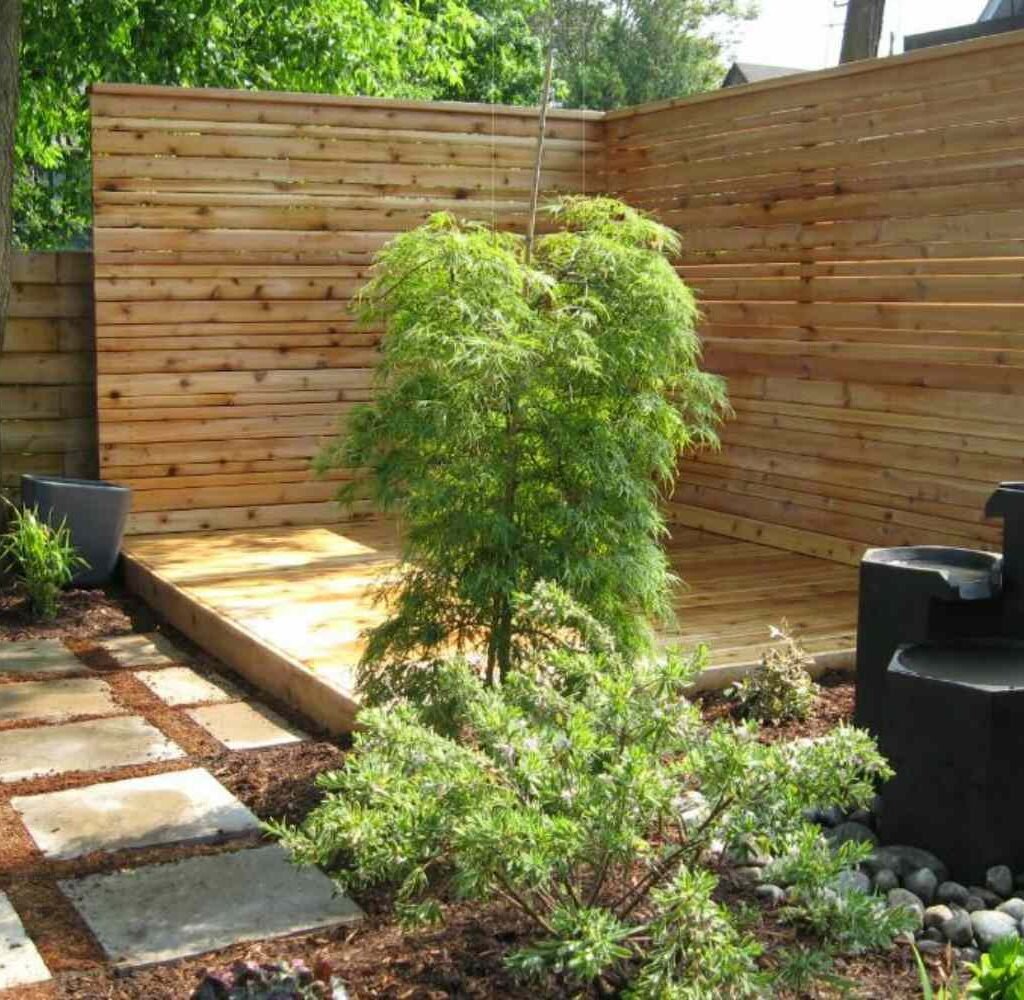
Trellises and vertical gardens are versatile solutions that add privacy without closing off your space. They allow you to grow climbing plants while creating an attractive, semi-private barrier.
How to Use Trellises for Privacy:
- Climbing Plants: Ivy, Clematis, Jasmine, and Honeysuckle are ideal for covering trellises.
- Decorative Screens: Lattice panels or geometric trellis designs can be standalone features or attached to existing structures.
- Movable Options: Freestanding trellises can be relocated for seasonal flexibility or privacy adjustment.
Tips for Success:
- Choose fast-growing climbers for quick coverage.
- Ensure the trellis is sturdy enough to support mature plants.
- Water and fertilize climbing plants regularly to encourage dense foliage.
Benefits: Trellises are space-saving, visually appealing, and can integrate flowers, herbs, or vegetables for added functionality.
3. Use Outdoor Curtains or Screens
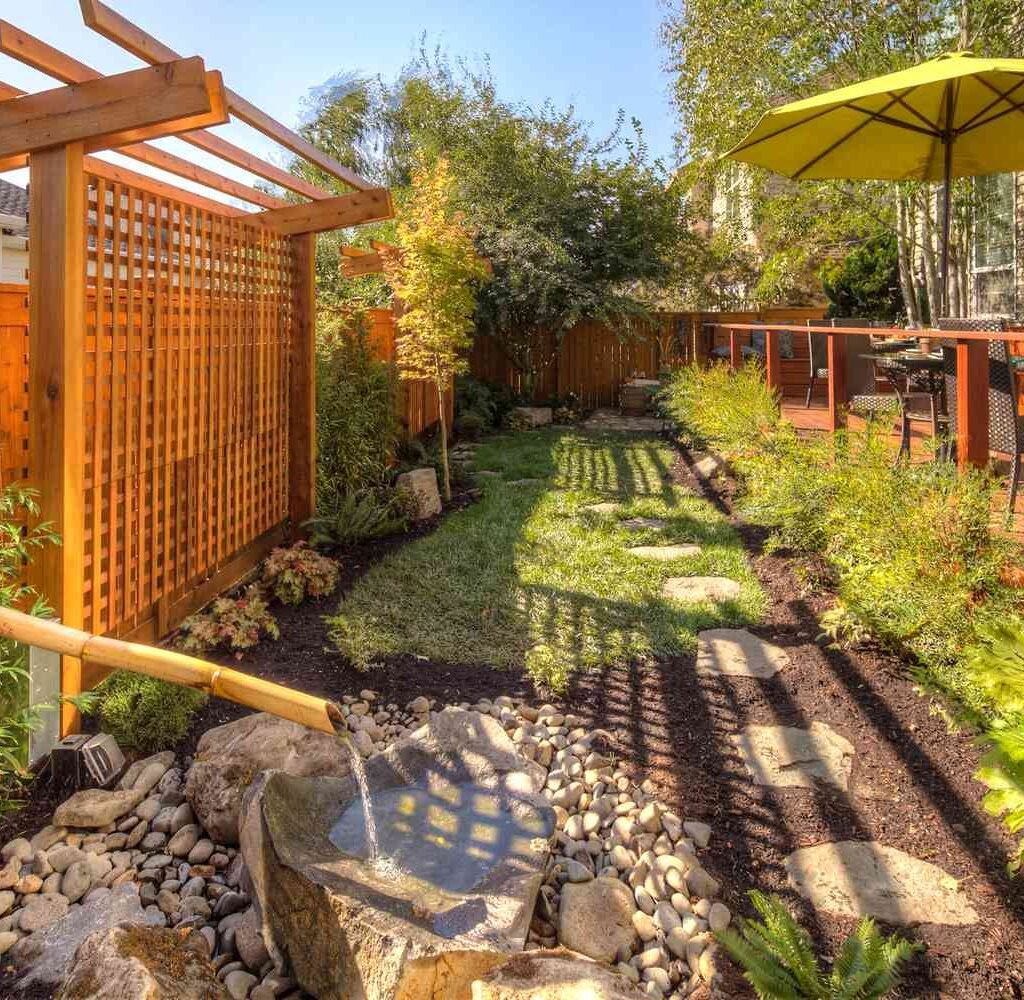
For patios, decks, or pergolas, outdoor curtains and folding screens provide instant privacy and a touch of elegance. They are especially effective for small urban spaces where planting a full screen may not be feasible.
Ideas for Outdoor Privacy:
- Curtains on Pergolas: Attach waterproof, UV-resistant curtains to pergolas for flexible, adjustable privacy.
- Folding Screens: Wooden or metal folding panels can be moved as needed to block specific views.
- Roll-Up Bamboo Shades: Ideal for balconies or small patios, providing shade and privacy without permanent construction.
Tips for Using Curtains and Screens:
- Choose materials that withstand weather conditions.
- Select colors or patterns that complement your outdoor décor.
- Consider layering multiple panels or curtains for maximum flexibility.
Benefits: Curtains and screens are instant solutions, easy to install, and can be customized to suit your style. They also create cozy, intimate outdoor spaces.
4. Create Living Walls or Planter Boxes
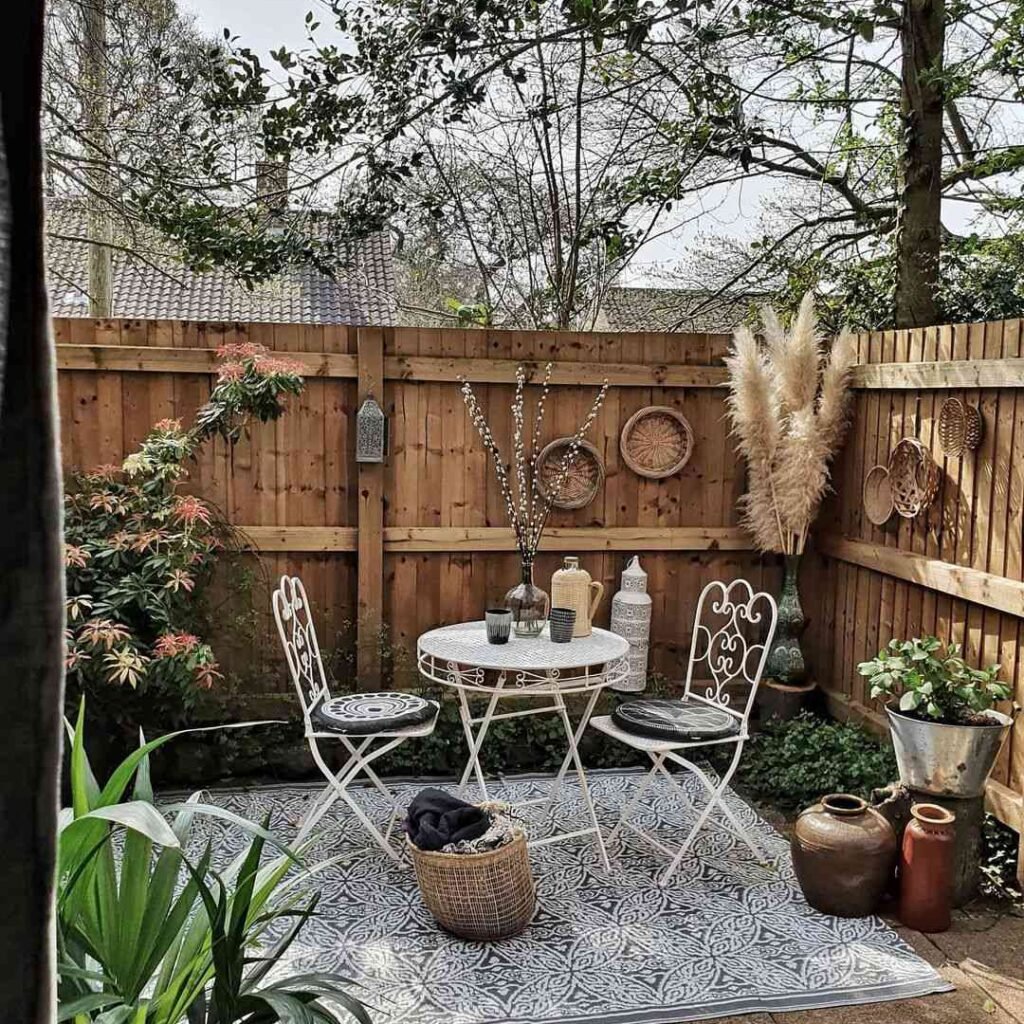
Living walls and planter boxes combine greenery with structural design, providing both beauty and privacy. They are perfect for terraces, patios, or areas with limited ground space.
How to Build a Privacy Wall with Plants:
- Stacked Planters: Arrange large planter boxes in tiers along your property line. Fill with tall plants, herbs, or shrubs.
- Vertical Planters: Wall-mounted planter systems allow for dense, vertical foliage coverage.
- Mixed Planting: Combine flowering plants with greenery to maintain visual interest.
Tips for Maximizing Effectiveness:
- Use fast-growing and dense foliage plants for immediate coverage.
- Regularly water and fertilize to maintain lush growth.
- Add trellises inside planters to encourage vertical climbing.
Benefits: Living walls and planters are visually stunning, customizable, and can double as edible gardens for herbs or vegetables.
5. Incorporate Architectural Features

Architectural elements such as pergolas, gazebos, and decorative screens can add privacy while enhancing the aesthetic of your garden. These structures offer permanent or semi-permanent solutions without the blocky appearance of tall fences.
Architectural Privacy Ideas:
- Pergolas with Drapes or Climbers: Combine wood structures with climbing plants for a natural barrier.
- Gazebos or Garden Pavilions: Enclosed on one or more sides for private seating areas.
- Decorative Screens: Laser-cut metal panels, wood slats, or stone dividers add artistic flair while blocking views.
Tips for Architectural Solutions:
- Match materials with existing outdoor décor for cohesion.
- Ensure structures comply with local building regulations.
- Integrate planters or hanging pots to soften rigid lines and enhance greenery.
Benefits: Architectural elements create distinct outdoor rooms, offer shade, and provide long-term, visually appealing privacy solutions.
Additional Tips for Enhancing Outdoor Privacy
- Combine Methods: Mixing plants, trellises, and architectural features often provides the most effective privacy.
- Consider Seasonal Changes: Choose evergreens or dense shrubs to maintain privacy during winter months.
- Noise Reduction: Dense plantings and water features can also reduce sound from neighbors or streets.
- Layered Privacy: Use a combination of low hedges, taller plants, and vertical elements to create depth and concealment.
Benefits of Privacy Without Tall Fences
- Preserves Natural Light: Open, lower structures allow sunlight to filter through, keeping spaces bright.
- Enhances Aesthetics: Creative solutions add beauty and character to your garden, rather than creating a plain barrier.
- Flexible and Adaptable: Many methods can be moved, changed, or enhanced seasonally.
- Environmentally Friendly: Plant-based solutions contribute to air quality and biodiversity, unlike solid fence materials.
Conclusion
Adding privacy to your outdoor space doesn’t require tall, imposing fences. With creativity and planning, you can combine plants, trellises, curtains, planter boxes, and architectural features to create private, inviting, and visually appealing outdoor areas.
Whether you live in a small urban backyard, a balcony apartment, or a sprawling garden, these smart solutions offer both functional and aesthetic benefits. By layering different methods, choosing the right plants, and integrating stylish structures, you can enjoy your outdoor space in peace, comfort, and beauty—without sacrificing sunlight, airflow, or design.
Privacy doesn’t have to be a barrier—it can be a beautiful part of your outdoor environment. With these five smart strategies, you can transform your space into a serene and private retreat that is as stylish as it is secluded.
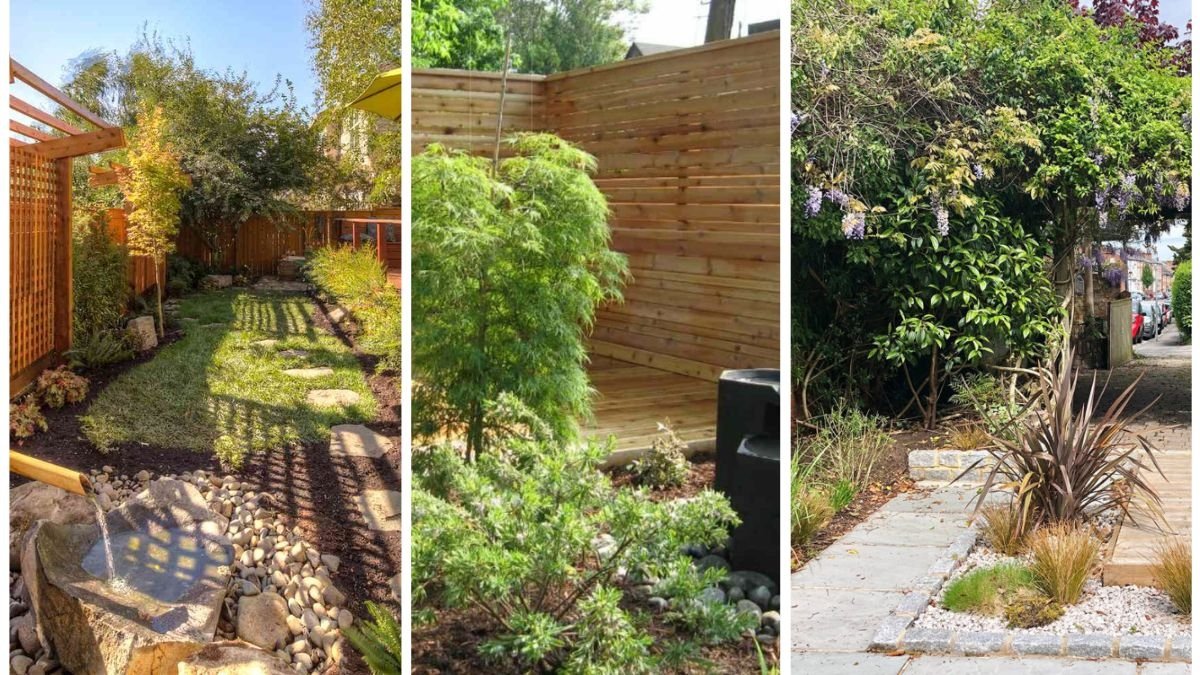
Leave A Comment